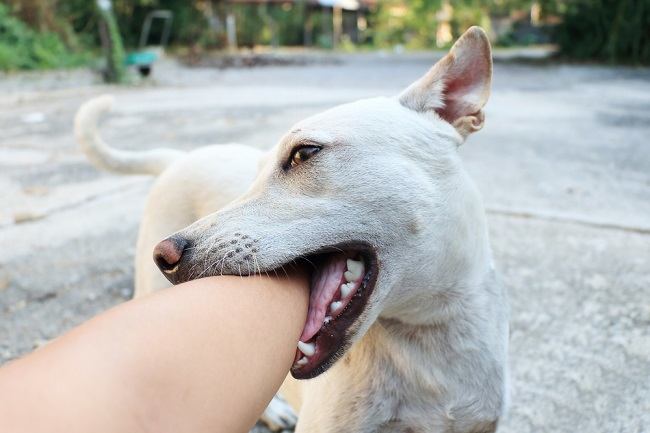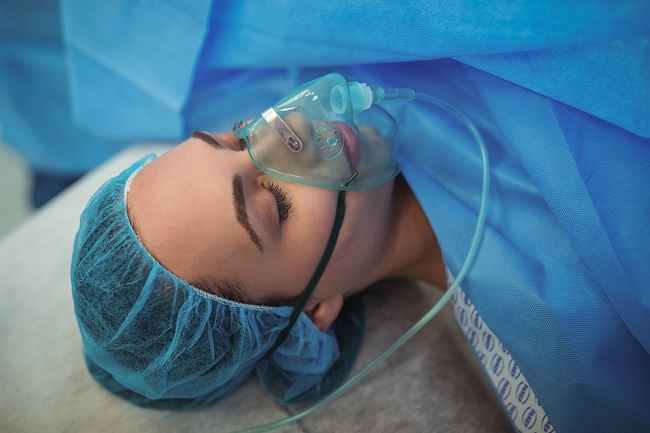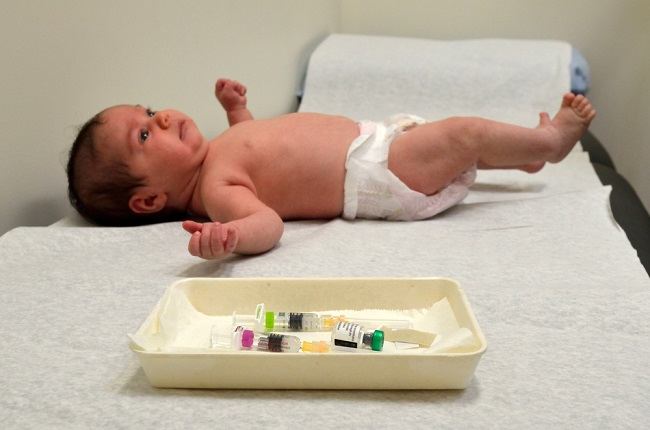Pilocarpine eye drops are drugs to lower the pressure in the eye ball eye in glaucoma. Pressure drop in the ball eye (intraocular) this can reduce the risk of blindness and nerve damage due to glaucoma.
Pilocarpine eye drops are a cholinergic agonist drug that acts directly to affect the muscles in the eye thereby increasing the flow of fluid in the eyeball. This way of working can reduce the pressure in the eyeball. In addition, this drug can also reduce the size of the pupil.

Trademark: Cendo Carpine, Miokar
What's that Pilocarpine Eye Drops
| group | Prescription drugs |
| Category | Miotic |
| Benefit | Reduces pressure in the eyeball |
| Used by | Mature |
| Pilocarpine eye drops for pregnant and lactating women | Category C: Animal studies have shown adverse effects on the fetus, but there are no controlled studies in pregnant women. Drugs should only be used if the expected benefit outweighs the risk to the fetus. It is not known whether pilocarpine eye drops are absorbed into breast milk or not. If you are breastfeeding, do not use this medication without telling your doctor. |
| Drug form | Eye drops |
Precautions Before Using Pilocarpine Eye Drops
Pilocarpine eye drops should only be used as prescribed by a doctor. The following are some things to consider before using pilocarpine eye drops:
- Do not use pilocarpine eye drops if you are allergic to this medicine. Always tell your doctor about any allergies you have.
- Tell your doctor if you have asthma, heart disease, hypotension, hypertension, hyperthyroidism, Parkinson's disease, digestive disorders, or eye disorders, such as inflammation of the iris of the eye (iritis) or retinal detachment.
- Tell your doctor if you are taking any other medicines, including supplements or herbal products.
- Tell your doctor if you are pregnant, breastfeeding, or planning a pregnancy.
- Tell your doctor that you are taking pilocarpine eye drops before having any surgery, including dental surgery.
- Do not use contact lenses (soft lens) while using pilocarpine eye drops.
- Do not drive a vehicle, operate heavy machinery, do things that require alertness, or move in the dark after using pilocarpine eye drops. This is because this medication can make your vision blurry or make it difficult to see in the dark.
- See your doctor right away if you have an allergic drug reaction, serious side effect, or overdose after using pilocarpine eye drops.
Dosage and Instructions for Use Pilocarpine Eye Drops
The dose and duration of use of pilocarpine eye drops will be determined by the doctor according to the age and condition of the patient.
The usual dose of pilocarpine eye drops to reduce elevated intraocular pressure in glaucoma patients, especially open-angle glaucoma is 1-2 drops of pilocarpine eye drops 1–4%, 1-4 times daily, in the problem eye.
How to Use Pilocarpine Eye Drops Correctly
Follow your doctor's advice and read the information on the pilocarpine eye drop package before using it.
Wash hands with running water and soap before using the medicine. Make sure not to touch the tip of the medicine bottle to avoid contamination.
Tilt your head back and pull your lower eyelid up to form a pocket and drop the medicine into it. Close your eyes and press the corner of your eye near your nose for 1-2 minutes to allow the medicine to penetrate more deeply.
Avoid pressing and rubbing your eyes, or blinking so the medicine can work properly. If you need to put more than 1 drop of medication in the same eye, give yourself a 5-minute break before dripping again. Make sure to always wash your hands after using the medicine.
If you forget to use the drug, use it immediately if the schedule for using the next dose is not too close. When it is close, ignore the dose and do not double the next dose.
Discard the medicine after 4 weeks from the time the medicine seal is opened and do not use it again even if the medicine is still left.
Store medicine in a closed container. Avoid storing the medicine in a hot or humid place and exposed to direct sunlight. Keep medicine out of reach of children.
Pilocarpine Eye Drops Interaction with Other Drugs
Some of the side effects of drug interactions that can occur if you use pilocarpine eye drops with other medicines are:
- Increased risk of severe and dangerous bradycardia when used with siponimod
- Elevated levels of lonafarnib which can cause syncope or arrhythmias
- Decreased anticholinergic effects of inhaled atropine or ipratropium
- Increased risk of side effects when used with beta-blocking drugs, such as atenolol, acebutolol, or bisoprolol
Side Effects and Dangers of Pilocarpine Eye Drops
Side effects that may arise after using pilocarpine eye drops include:
- Blurred vision
- Headache or pain around the eyebrows
- Difficulty seeing in dim light
- Burning, itching, or stinging for a moment, when the medicine is put in the eye
- Eye irritation
Call your doctor if these side effects do not improve. See your doctor right away if you have an allergic reaction to a medication or a more serious side effect, such as:
- Excessive sweating
- Tremor
- Hard to breathe
- Mouth feels wet due to excessive saliva
- Stomach ache
- Nausea, vomiting, diarrhea









